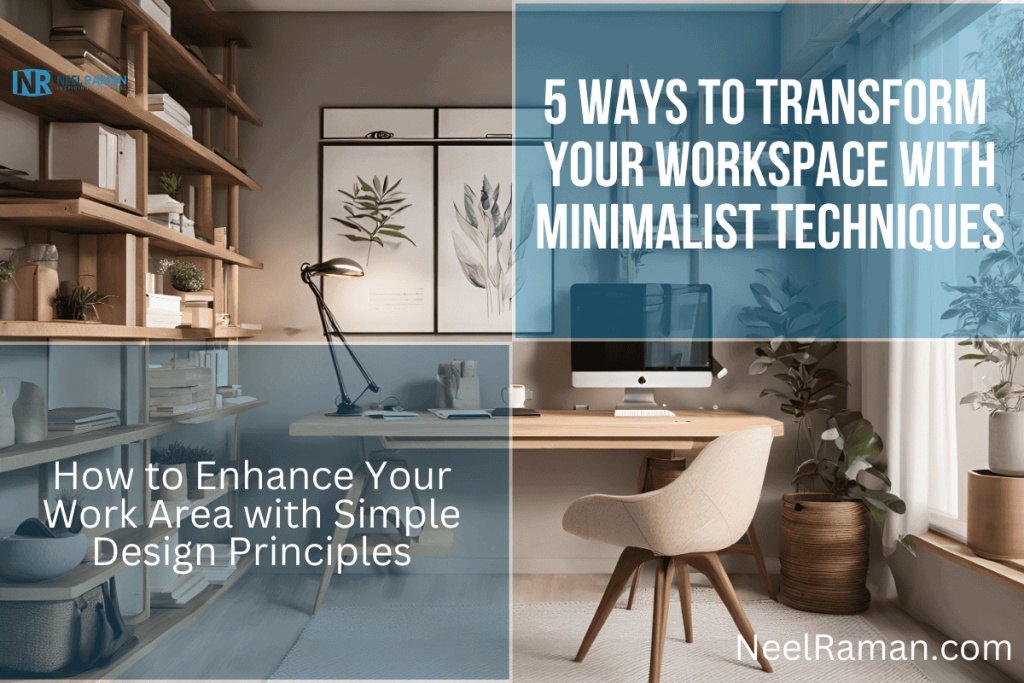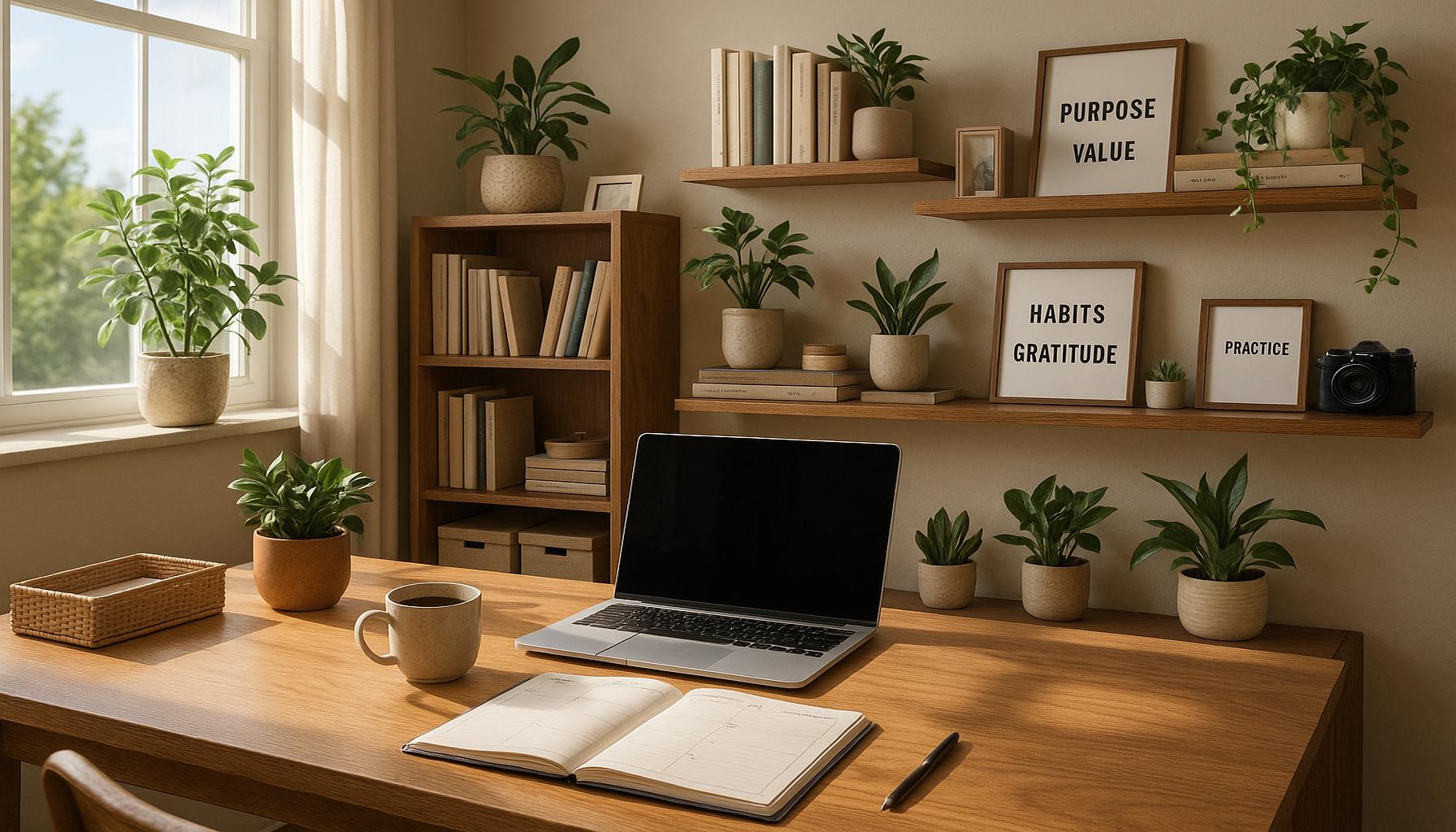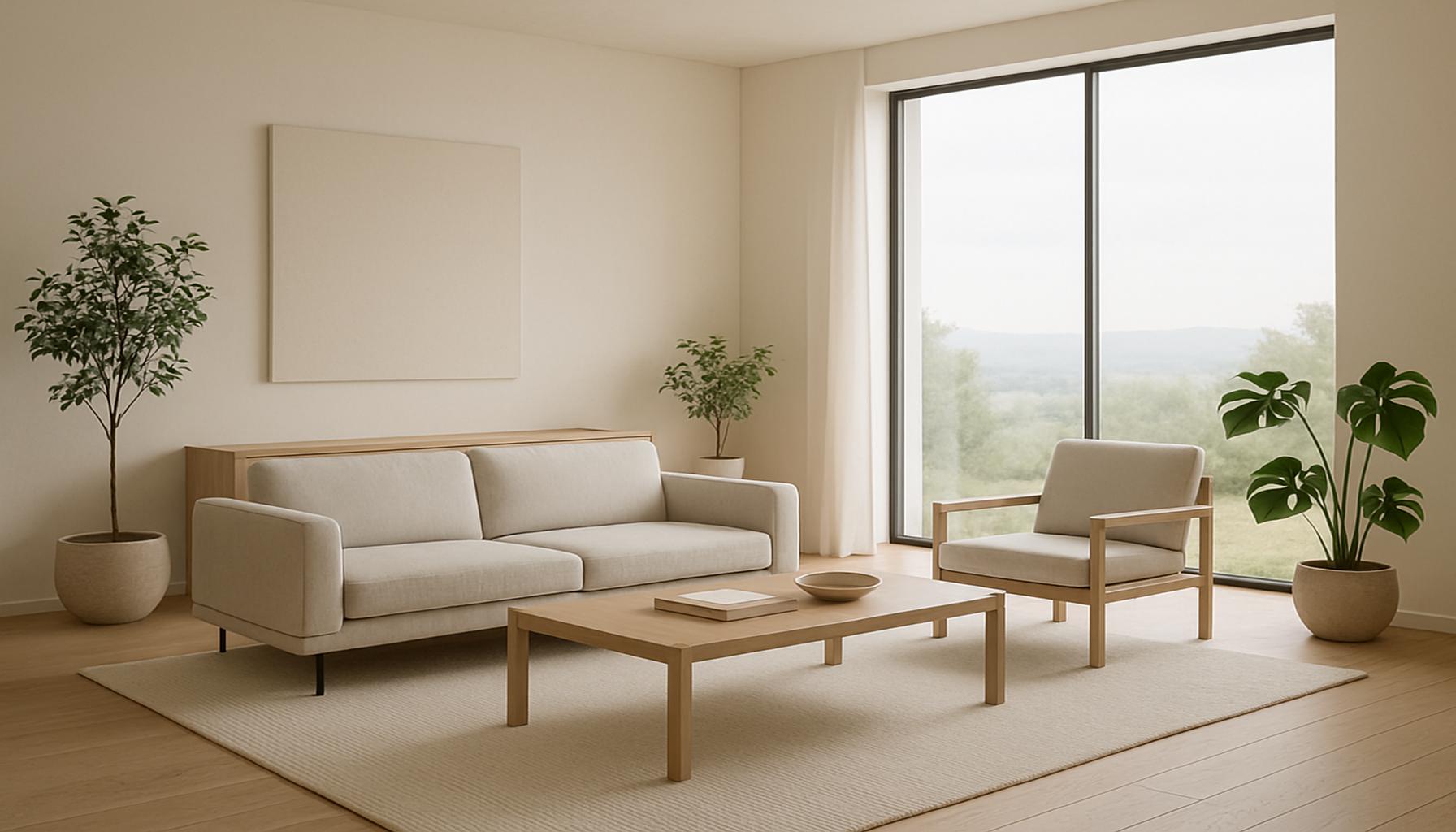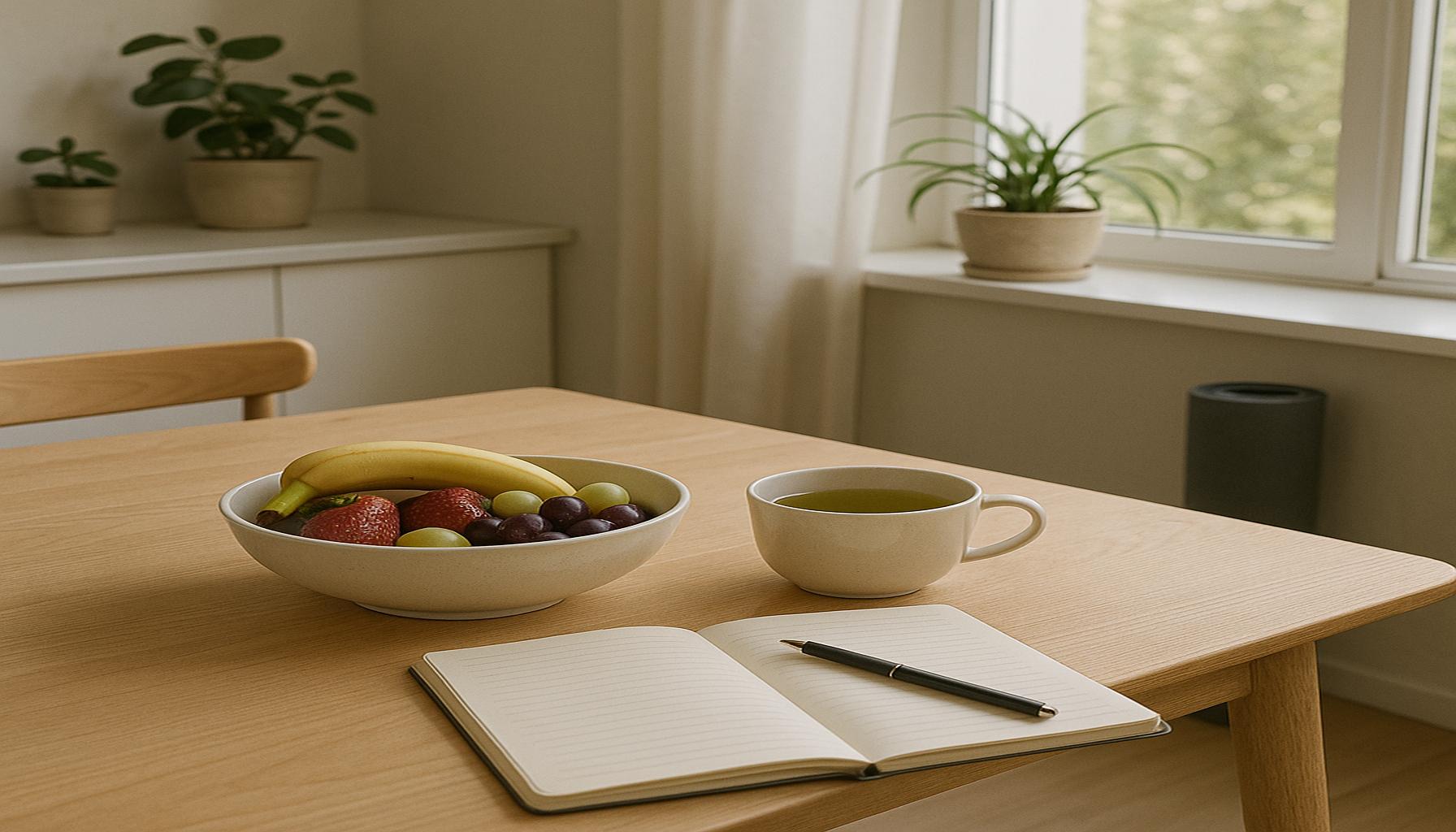Intentionality in the Practice of Letting Go: How Minimalism Can Facilitate the Release of Objects and Emotions

Understanding the Depth of Letting Go
In a society where consumerism often reigns, the idea of minimalism can seem counterintuitive. Nevertheless, the practice of intentionality invites us to reassess our relationships with both our possessions and our emotional landscapes. This transformative journey encourages individuals to make deliberate choices about what they keep in their lives, opening the door to clarity and serenity.
Letting go extends beyond merely decluttering physical items; it also entails addressing the emotional attachments that can weigh us down. A closer examination reveals several dimensions of this liberating process:
- Releasing Objects: Clearing out unused items can significantly enhance our living space, making it feel more open and inviting. For instance, many people find that decluttering their homes not only streamlines their environment but also promotes a lifestyle of simplicity and peace. The act of donating clothes that no longer fit, or furniture that is seldom used, can provide a sense of accomplishment and freedom.
- Emotional Release: Recognizing and processing past emotional experiences can serve as a catalyst for personal growth. It may involve confronting painful memories or forgiving oneself for past mistakes. This emotional release is essential for fostering resilience and moving forward with a clearer sense of self.
- Intentional Possessions: Surrounding ourselves with meaningful objects not only enhances our environment but also fosters a nurturing space for our personal development. For example, keeping photographs of cherished memories or objects that evoke positive emotions can create a supportive atmosphere that encourages reflection and gratitude.
The philosophy of minimalism embodies a deep reverence for our belongings and emotional experiences. By integrating this outlook into our lives, we engage in meaningful practices that include:
- Reflection: Taking the time to understand why we cling to certain items or feelings helps reveal the underlying motivations driving our behavior. This process can be enlightening and lead to significant insights about our values and priorities.
- Decision-Making: Evaluating the importance of objects in our lives can guide us in making informed choices about what to keep and what to discard. This practice encourages us to prioritize items that truly enhance our well-being.
- Mindfulness: Being present during the process of release helps us engage more profoundly with our decisions. Mindfulness encourages us to approach this journey with compassion for ourselves, acknowledging that letting go can be as challenging as it is necessary.
As we navigate the journey of minimalism, we uncover various tools and strategies that facilitate letting go. These may include setting specific goals for decluttering, creating emotional inventories, or adopting mindfulness techniques to enhance our focus. By embracing intentional choices, we are not merely simplifying our surroundings; we are also paving the way for a more authentic and fulfilling existence.
Ultimately, the power of intentionality lies in its potential to transform our lives dramatically. By consciously choosing what to embrace and what to release, we cultivate an empowering practice that resonates with the essence of who we are and who we aspire to be.

DISCOVER MORE: Click here to find out how decluttering can boost your well-being
A Deeper Look into the Art of Letting Go
The journey of letting go begins with introspection, as we often find ourselves emotionally tethered to objects and experiences that no longer serve us. Minimalism challenges us to confront these attachments by enhancing our intentionality in both the material and emotional realms. Understanding this art of release can be instrumental for those seeking to cultivate a simpler, more fulfilling life.
In this exploration, it’s essential to identify the psychological impacts of clutter and emotional baggage. Research has shown that environments filled with around excessive items can lead to feelings of anxiety and overwhelm. A 2021 study published in the Journal of Environmental Psychology revealed that individuals in cluttered spaces experienced increased stress levels compared to those in minimalistic environments. This finding suggests that the act of decluttering can significantly improve mental health and foster a sense of tranquility.
As we delve into the core aspects of letting go, we can outline several pivotal considerations:
- Identifying Attachment: A crucial step in releasing both objects and emotions is recognizing what we are clinging to. Often, this attachment stems from nostalgia, guilt, or a sense of obligation. Taking inventory of our belongings and emotional ties can reveal whether they still hold value in our current lives or if they are simply remnants of the past.
- Cultivating Gratitude: By shifting our focus to the positive aspects of our lives, we can alter our perceptions of what we own. Practicing gratitude allows us to appreciate the items and experiences that truly matter, making it easier to let go of the rest. For example, letting go of a dress that hasn’t been worn in years can become an act of gratitude for having new pieces that better reflect who we are today.
- Setting Intentional Goals: Creating specific goals can transform the process of letting go into a structured endeavor. For instance, committing to decluttering one room per week or dedicating 15 minutes each day to sorting through items can provide a manageable framework that encourages progress without feeling overwhelming.
Additionally, the emotional aspects of letting go necessitate a different approach. Reflecting on past experiences—whether painful or joyful—requires courage and self-compassion. Engaging in practices such as journaling can help individuals articulate their feelings, clarify the sources of their emotional burdens, and ultimately guide them in releasing these ties.
Essentially, the practice of minimalism acts as a catalyst for enhancing intentionality in letting go. By viewing both tangible items and intangible emotions through this minimalist lens, we can create spaces—both physical and psychological—that nurture growth and clarity. This journey allows us not only to dispose of the unnecessary but also to embrace a lifestyle that aligns closely with our true values and aspirations.
As we venture further into the realm of intentionality and minimalism, the implications of releasing burdens become increasingly clear. Through a consistent focus on awareness, gratitude, and strategic planning, individuals can gradually reshape their lives into reflections of their deepest desires, forging pathways toward peace and fulfillment.
| Advantage | Impact on Life |
|---|---|
| Clarity of Mind | Enhances focus and decision-making by reducing mental clutter. |
| Emotional Freedom | Facilitates the ability to let go of past grievances and emotional baggage, promoting healing. |
| Enhanced Creativity | Frees up mental space, allowing for greater innovation and personal expression. |
| Financial Savings | Encourages conscious spending habits, leading to savings and reduced financial stress. |
In exploring the theme of Intentionality in the Practice of Letting Go, it becomes evident how minimalism can serve as a powerful catalyst for change. The ability to release not only physical items but also emotional connections can result in a profound transformation of one’s mindset. By practicing intentionality—carefully considering what to keep and what to release—individuals begin to cultivate a lifestyle that prioritizes what truly matters.The journey of letting go often begins with recognizing the emotional weight of our possessions. Each object holds memories and stories, which can be both beautiful and burdensome. Embracing minimalism allows for a re-evaluation of these attachments, fostering a sense of liberation as we create space for new experiences. As one unburdens both their physical and emotional landscapes, the path to a more harmonious existence opens up.This approach not only promotes a cleaner environment but also enhances overall well-being, enabling individuals to live more purposefully and focus on their goals. The concept of letting go is not merely an act of decluttering but a holistic practice that harmonizes one’s inner and outer worlds. Through such intentional practices, an individual may find themselves more aligned with their true values, which ultimately leads to greater fulfillment.
DISCOVER MORE: Click here to find out how decluttering can enhance your mental health
Embracing the Transformative Power of Minimalism
The journey of letting go is not just about decluttering physical spaces; it also intersects intricately with our emotional landscapes. Embracing minimalism nudges us towards a profound transformation—one that encourages a thoughtful examination of our possessions and their emotional ties. This conscious approach to ownership and emotional attachment can propel individuals toward self-discovery and liberation.
A vital facet of this minimalist practice involves understanding the concept of emotional attachment. People often find themselves attached to items due to the memories they conjure or the experiences they represent. For example, an old teddy bear might symbolize childhood comfort, making it hard to let go. However, by acknowledging these emotions, we can redefine our relationship with such items. When we view possessions as catalysts for past experiences rather than as weights to carry into the future, we cultivate an environment ripe for intentional release.
Several effective methods can facilitate this shift:
- Mindfulness Practices: Incorporating mindfulness into your daily routine can be instrumental in the letting-go process. Engaging in meditation can cultivate awareness, helping individuals to understand their emotional ties with objects. By centering oneself and recognizing the fleeting nature of material possessions, the urge to cling to the past diminishes.
- Visual Cues and Reminders: Creating innovative visual prompts within your environment can help reinforce your commitment to minimalism. For instance, placing sticky notes with affirmations or reminders about your values on the items you wish to release can reinforce decisions. It’s a simple yet effective way to keep your intentions visually present.
- Celebrating the Journey: Acknowledge the process of letting go itself. Celebrating small victories—such as clearing out a single drawer or donating unwanted clothes—can transform the experience into a positive ritual. This practice not only solidifies the act of release but also builds momentum for future steps.
The psychological benefits of engaging in these practices can be profound. Various studies have shown that individuals who actively participate in minimalism report heightened levels of well-being and decreased anxiety. A 2019 survey conducted by the American Psychological Association found that people who decluttered reported a 30% decrease in feelings of depression and stress. These findings underscore the link between physical space and emotional clarity.
Furthermore, minimalism can reshape our social interactions. As we learn to let go of physical items, we often begin to reassess our emotional attachments to relationships and commitments, too. This newfound intentionality in our connections can lead to deeper, more genuine interactions with friends and loved ones. Rather than being weighed down by an overabundance of commitments, we can foster spaces for authenticity and support in our lives.
In the exploration of intentionality and minimalism, we uncover a key truth: letting go is not merely a practice of discarding what we no longer need but rather a journey towards a more profound existence. By addressing emotional ties and redefining our relationships with objects, we cultivate a lifestyle centered around intention and purpose.
DISCOVER MORE: Click here to enhance your focus
Reimagining Life Through Intentional Letting Go
In conclusion, the practice of letting go through minimalism transcends mere decluttering; it serves as a transformative journey that enables individuals to recalibrate their emotional landscapes and reclaim their personal narratives. The intentionality behind minimalism encourages us to confront our attachments, providing opportunities for deep reflection and growth. This conscious engagement not only enhances our relationships with physical possessions but also extends to our emotional connections, fostering authentic interactions that are grounded in purpose.
As we navigate this path, embracing mindfulness, utilizing visual cues, and celebrating incremental achievements become essential tools in reshaping our lives. The psychological benefits—evidenced by significant reductions in stress and anxiety—creatively underscore minimalism’s capacity to elevate our happiness and well-being. Beyond mental wellness, the newfound clarity that arises from releasing clutter paves the way for a life where quality trumps quantity, enriching our experiences with depth and meaning.
Ultimately, intentionality in letting go invites a paradigm shift towards living more authentically and purposefully. It encourages us to view our environments as reflections of our values and aspirations. By actively choosing to relinquish the unnecessary, we can cultivate a lifestyle that prioritizes freedom, emotional resilience, and genuine connections, illuminating a profound simplicity that resonates deeply in our complex modern lives. So, as you stand at the threshold of this journey, ask yourself: what does letting go mean for you, and how can minimalism guide you toward a more intentional future?


